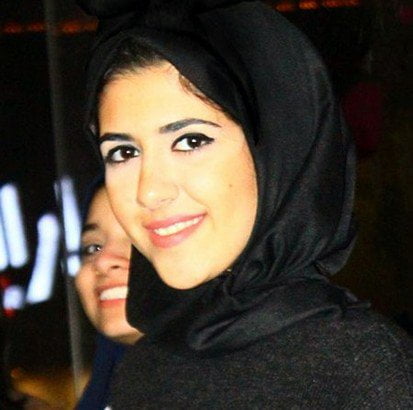Global Marketing: Tips for a truly global tagline
By definition, a tagline is one or two lines of catchy, descriptive, marketing-oriented text that often comes after a company logo or name. For those outside of advertising or marketing, it seems like a very simple thing to create; however, large companies often invest huge sums of money and time to develop a tagline for their company or brand. So when it comes to localization, why would one assume that the time and financial investment would not be the same? Companies often expect a cheap and fast word-for-word translation, but that doesn’t work. In this blog, I explain why. I address potential challenges and present best practices to follow.
Choose the right resource for the job
Advertising agencies that are contracted to handle the creation of English taglines may not be staffed appropriately to handle the translation (also more appropriately referred to as copywriting or transcreation) of the taglines, or other marketing content. An agency may or may not have the experience in the target markets or in-depth knowledge of the various cultures. Sometimes we see translation labeled as a low-priority, giving it less consideration, budget and time than the English to produce a truly localized and appropriate tagline.
There are some well-equipped global agencies with strong local knowledge and a talent pool of country-specific copywriters and translators. GPI over the years has worked with many such global agencies as a resource to them for tagline and ad copy transcreation, leveraging our experience in this discipline. So it is advisable to partner with a localization company like GPI and/or a global ad agency to achieve the desired outcome when you have multilingual marketing needs.
Best practices for localizing your tagline
The first step is to look at what your English tagline is communicating to your customer. Your English tagline should reinforce your positioning statement, unique selling proposition or benefit to your customer. I am sure that when you developed the tagline in English you went through a list of questions like these and focused on one or two of them:
- Who are our customers?
- What benefits do we offer our customers?
- How do we differentiate ourselves from our competitors?
- What feeling or emotion do we hope to evoke from our customers?
- What is our desired action from our customers?
When localizing your tagline for overseas’ markets, these same questions need to be asked again, but in context of the target market.
You also need to review the English tagline for colloquialisms, slang, word play, double entendre and alliteration that may not translate well into other languages or may be culturally offensive. Though this is often a recommended practice for creating an English tagline, it is not suggested for taglines that will be eventually localized. You need to plan ahead. The point: Don’t create a translated tagline if it is going to ultimately work against you and your brand.
There are several examples of translation failures floating around on the internet. One such example is Motorola’s “hellomotto” ringtone in India which sounded like “Hello, Fatty”.
Depending on the market, your best option may be to leave it in English (especially if your customer base is multinational, like in the hotel industry). In some markets, like the countries of Europe, marketing and advertising in English is common. If the wording and message are appropriate and well received, and no obvious local language alternative is available, then use the original English. Stay Different™, from luxury hotelier, Jumeirah Group, is a good example of a successful tagline used globally in English.
The best practice for “tagline translation” is actually to “transcreate” or “copy write into a target language”. This is a creative process in which the linguistic team forms an equivalent expression in the target language which conveys a similar message in tone and feel to the original, without being a literal translation. An experienced translation agency, like GPI, will be able to provide you with several options from which to choose. A back translation and explanation behind the trans-created tagline should also be offered to help you understand and select the best tagline for your brand in that market.
The takeaways:
- Choose the right resources when taking your tagline into other markets and cultures. In-country resources are always best.
- Best practices: Be systematic in your approach – treat this other-market tagline with the same seriousness with which you treated the creation of your English tagline.
- Consider keeping the tagline in English if it is appropriate for your customer base.
- Transcreation may be your best option to have a truly local and unique tagline.
